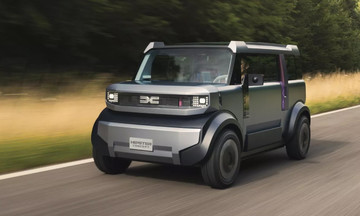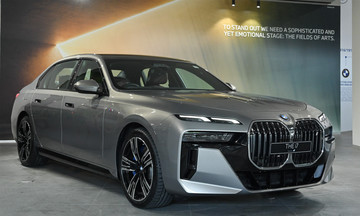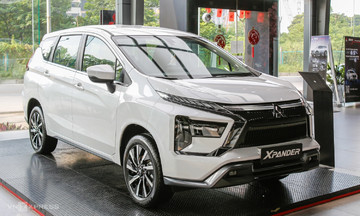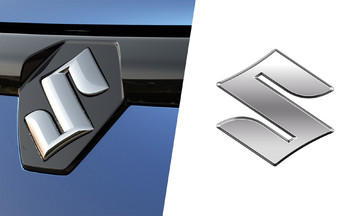Simulations are not new to the automotive industry. Manufacturers regularly use them to expedite processes and supplement tests they can't afford (in terms of time and/or money) to conduct on physical vehicles. But with the upcoming Cayenne Electric, Porsche leveraged computing power to circumvent an entire stage of traditional vehicle development.
"This is the first project where we've transitioned directly from digital testing to series production," said Michael Steiner, Porsche's vice president and a key figure in the R&D group.
Instead of moving from design to construction, then to pre-production prototypes, Porsche successfully skipped the construction phase entirely. This allowed engineers to subject virtual prototypes to digital test drives right from the design stage.
 |
Porsche Cayenne Electric undergoing real-world testing. Photo: Porsche |
Porsche Cayenne Electric undergoing real-world testing. Photo: Porsche
While Porsche hasn't disclosed the cost savings from this digitally focused strategy, it’s reportedly substantial. The company claims the virtual testing program eliminated the need to build around 120 physical test vehicles, which are not only expensive but also time-consuming to produce. This resulted in a 20% reduction in development time.
The virtual test drives included laps on the Nurburgring, along with everyday traffic scenarios to simulate real-world usage. Because components like tires, shock absorbers, and suspension could be adjusted within the computer program, determining the most effective specifications was relatively quick and straightforward. Each approved virtual component was then physically tested for validation.
Not all simulations required a driver behind the wheel, Gran Turismo-style. Many were solely computer-controlled. Porsche developed a new test bench to evaluate the motor, battery management system, and charging system under real-world conditions.
However, Porsche's AI testing didn't entirely eliminate the need for real-world testing, which began with the pre-production prototypes. A fleet of SUVs was still subjected to extremes, from the scorching 50°C heat of Death Valley to the frigid -35°C temperatures of Scandinavia, each vehicle covering around 150,000 km.
The Cayenne Electric will debut this winter and is expected to go on sale in early 2026. Built on an extended version of the 800V PPE platform used in the Macan Electric, it features a 108 kWh battery pack providing a 600 km range based on the WLTP standard, and Porsche's active suspension system. The vehicle reportedly emits a V8 engine sound in track mode and will be available in three power levels: 394 hp for the standard Cayenne, 592 hp for the S version, and 794 hp for the Turbo version.
Porsche also plans to sell a wireless charger for the Cayenne Electric, priced around 6,000 USD in Europe. However, the vehicle requires additional hardware for inductive charging, bringing the total system cost to approximately 7,000 EUR (8,240 USD).
My Anh (according to Carscoops)










